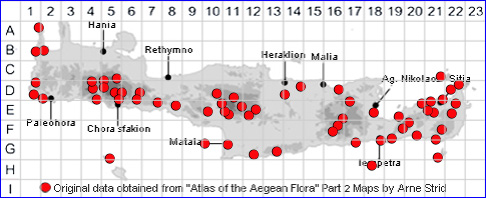SPECIES DESCRIPTION
PARONYCHIA MACROSEPALA
mily and Genus:- See- CARYOPHYLLACEAE
Common Names:- None
Homotypic Synonyms:- Paronychia capitata subsp. macrosepala
Meaning:- Paronychia (Gr) Beside-nail, a name used by the Greek physician and
botanist Dioscorides, for its former use to treat whitlows.
Macrosepala (Gr) With large sepals.
General description:- Low matted perennial.
Stems:-
1) 2-10 cm, much-branched.
Leaves:-
1) Grey-green, oval to oblong, pointed, hairy.
Flowers:-
1) Clustered, 8-10 mm, concealed by the silvery bracts.
2) Bracts, 5-6mm.
3) Calyx, all green; 2·5-3·5 mm.
4) Calyx-lobes, very unequal, the shortest 2/3-3/4 as long as the longest.
Fruit:-
1) Achene, with a membranous fruit wall that has developed from the ovary wall.
Key features:-
1) Calyx-lobes, very unequal in length; entirely herbaceous, not hooded or awned.
2) Bracts, scarcely concealing the flowers.
Habitat:- Sandy coastal habitats, dry, stony and rocky places in open dry shrubby
vegetation and open coniferous woodland. 0-900 m, occasionally to 2200 m.
Distribution:- Aegean area, just extending to W & S Anatolia. Widespread and
common on Crete.
Flowering time:- Late Mar to June.
Photos by:- Steve Lenton
